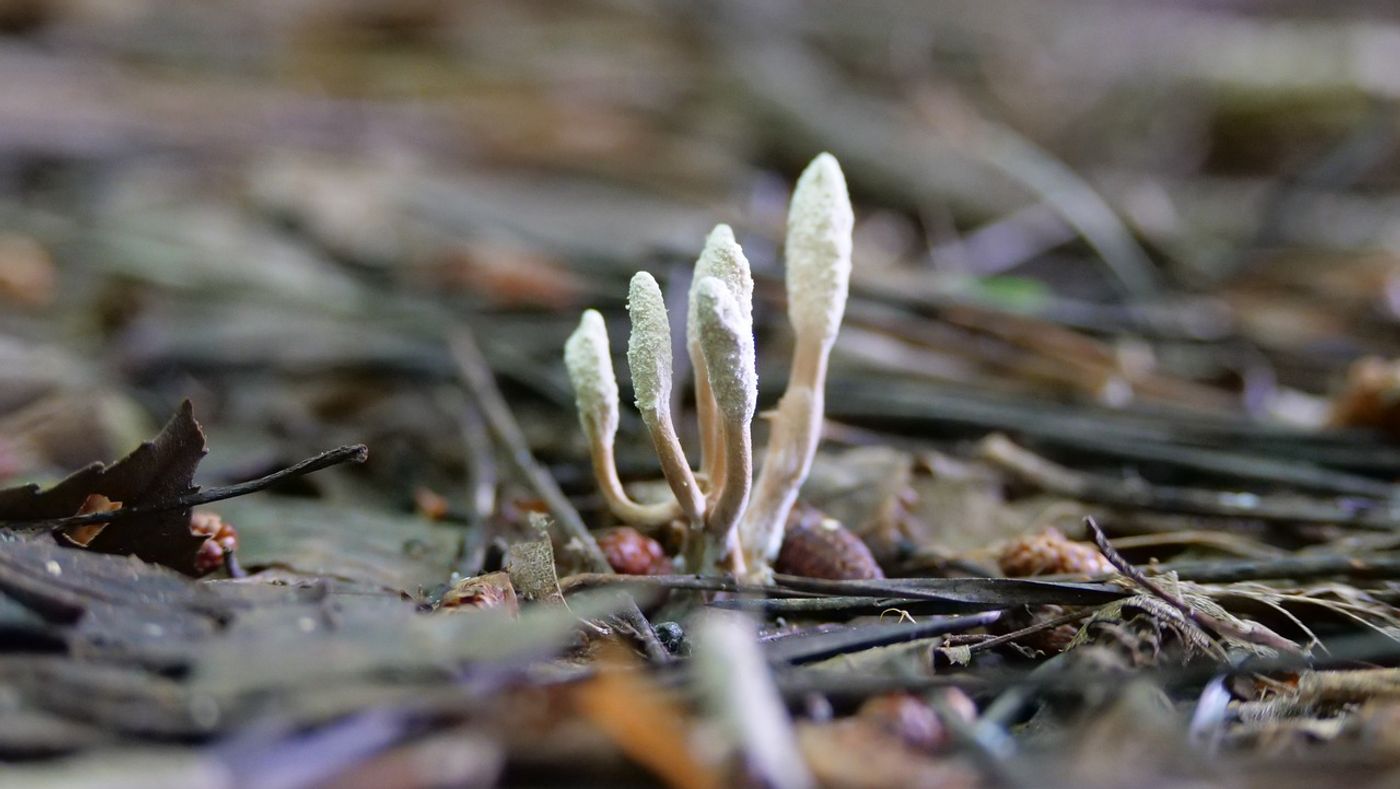The Real Fungus that Inspired The Last of Us
Imagine you’re walking through an old, abandoned building and all of a sudden you hear the terrifying clicking sound that you know comes from zombies. Civilization has all but been destroyed thanks to a global pandemic (no, not that pandemic), and it’s your job to avoid (and kill) these zombies as part of your mission. This scenario serves as the plot for the video game-turned-television show The Last of Us. Most of us are likely familiar with the hit series as this point, but did you know the zombies were modeled after a real fungus?
Cordyceps is a parasitic fungus that attacks insects. Once the fungus infects its hosts, it performs a sort-of mind control. Cordyceps starts by draining nutrients from its host and then fills its body with spores which allow it to reproduce. Then (here’s where the mind control begins), it compels its host to seek height, and remain there. The fungus will then begin growing from its host—sometimes it grows for 3 weeks—before exploding. The explosion sends spores to new, unsuspecting hosts who become infected almost immediately.
Scientists aren’t sure exactly how the fungus is able to gain mind control, but there are a few theories. One of the theories centers on the idea that there is a combination of physical manipulation of muscle fibers which might grow into the brain itself, thereby impacting behavior. Another theory posits that there is some sort of chemical attack on the host in the form of small molecules or proteins which manipulate brain behavior.
There are several species of Cordyceps, most of which have evolved to attack a specific insect species. Ophiocordyceps unilateralis, for example, is commonly known as the zombie-ant fungus. Infected ants leave their nests, foraging trails on the forest floor which has a better climate for fungal growth. Eventually, they will use their mandibles to attach to a vein on the underside of a leaf where they will stay until their death, usually 4-10 days after infection. The fungus then grows from the ant’s head, and ruptures to release spores. It will infect nearby ants through this explosion which can devastate entire colonies. For this reason, uninfected ants will remove the infected ants from the nest, bringing them far away in an effort to save the rest of the colony.
In both the video game and the show, The Last of Us, people are infected in a similar way: fungal spores infect the host and cause behavioral changes. The show’s creators say that they were inspired by what happens to zombie ants when they created how zombies become infected.
Biologists have discussed that there is some truth to how the zombies in The Last of Us got infected. For one, they are still alive when infected by the fungus (contrary to the common portrayal of zombies where they rise from the dead). This is seen in the zombie ants, but the infection by a fungus that leads to a change in behavior is seen in other animals too, like wolves who are infected by toxoplasmosis.
While a fungal infection that causes a zombie-like change in behavior is very real in nature, we should take comfort in the fact that is it not currently possible in humans. Our body temperature is too high for a fungus to set in, and our nervous system is a bit too complex for the take-over seen in ants. Hypothetically, this could differ in the future due to climate change but at least for now we can take comfort in the fact that there is no imminent threat of human zombies, and save our zombie-fighting for the video game.









